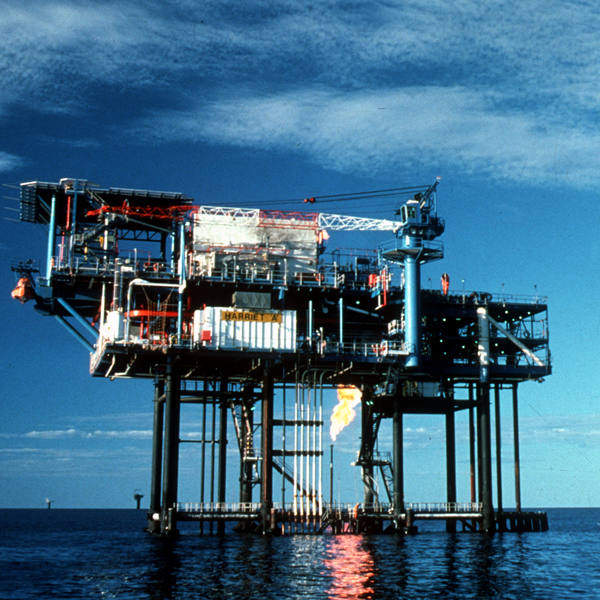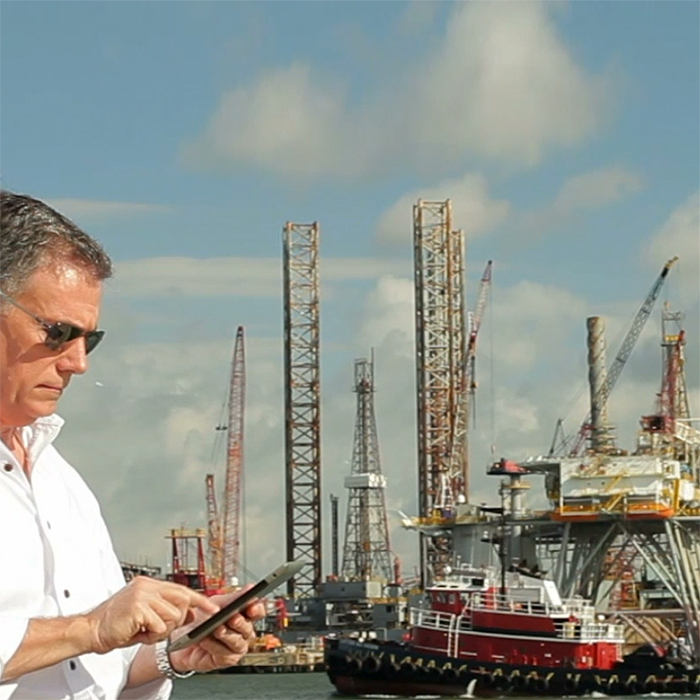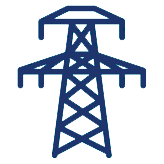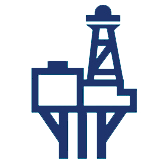Oil and gas continues to be a major part of the energy mix for most countries. Although it is widely accepted that all countries need to reduce their carbon emissions, there are still major energy-hungry sectors, such as transport and home heating, where there is no clear route to lower carbon.
In fact in the medium term, technologies such as gas-fuelled power generation will have an increasingly important role to play, as electricity requirements increase. And increasing government research spending on carbon-capture technology makes it more likely that oil and gas will continue to be an important part of our energy mix for many decades to come.
Oil and gas remains an important sector for the UK economy; generating £17bn in income, supporting a workforce of over 300,000, and the associated investment is substantial – £5bn was invested in assets and corporate acquisitions last year. In fact industry forecasts predict that oil and gas will still be vital for:
- Fuelling transport across the world
- Generating power on demand
- Heating & industrial usage
It is also expected to supply two-thirds of the domestic energy market over the next 20 years.
As in any industry, there are cycles, and there is no doubt that the oil and gas industry has been under some pressure over the past few years. This is because major suppliers are competing to drive prices down, and demand has been hit severely by the Covid pandemic. This has caused many businesses in the sector to look carefully at their overheads.
The recently announced merger of North Sea operators Premier Oil and Chrysaor is expected to be the first of many in the sector, with organisations looking to reduce their back office and maintenance costs through mergers. Businesses throughout the sector have been seeking ways to improve efficiency, and unit operating costs in the UK are now almost half what they were in 2014.

One of the ways cost efficiencies have been achieved is through deferred maintenance programmes. By off-setting non-critical spending around maintenance and operations, organisations have been able to reduce costs substantially. However, deferring critical maintenance can have serious implications. The crack in the North Sea Forties pipeline disrupted production in the region.
This demonstrates why an effective asset management programme is essential – to ensure that businesses can achieve cost efficiencies, while still retaining operational excellence.
With the cost of replacement often far exceeding effective maintenance, having a robust enterprise asset management (EAM) system is essential for any oil and gas business.
Ensuring an effective asset management system
Oil and gas operators often sweat their assets to:
- Increase production
- Extend their working life
- Ensure assets are in optimum condition
This helps to avoid production equipment failures or unplanned outages.
Establishing an effective asset management strategy requires an organisation to ensure they have effective processes for the assets (whether it is buy, build, operate, maintain, renew or dispose).
Enhancing your asset management system
There are a number of EAM systems used by oil and gas companies, including IBM Maximo, SAP and Oracle.
Whichever core system is used though, recent advances in technology mean that asset management systems are now far more sophisticated than they once were.
EAM systems help organisations to:
- Cut costs
- Reduce wastage
- Increase efficiencies
- Demonstrate compliance & safety
Deploying new technologies means that oil and gas companies are able to achieve greater efficiencies. They also allow management to:
- Reduce budgets
- Improve resourcing levels
- Decrease operating costs
Considering new technologies
The world of asset management has become far more sophisticated. EAM’s ability to both interact with external systems and to use the data it holds more effectively means that it eliminates the siloed approach of distancing itself from the rest of the business.
One example of technology used by systems such as IBM Maximo® is the ability to create a digital twin – in effect a virtual simulation of the asset, which can be used to improve the efficiency of predictive maintenance. This has been successfully trialled in the utilities sector, where power generators used predictive analytics and machine learning to calculate maintenance regimes that would:
- Minimise downtime
- Prevent asset failure
- Increase revenue generation


It is also possible to contain an engineering model, similar to the Building Information Modelling (BIM) models used on large infrastructure projects, within the asset management system. In addition to asset data it includes photography, location and performance data – whether for a refinery, offshore structure or pipeline.
The advantage of holding this information within the asset management system is that it can be shared with engineers and technicians out in the field, so that data being collected and collated is done in real-time. This is particularly relevant for those involved with critical maintenance and where automatic flags/warnings for explosive conditions or volatile environments can then be acted upon immediately.
Working in remote or volatile environments
Working in remote locations and/or in a volatile environment is not unusual for many engineers looking after the company’s infrastructure and assets. Being able to access the central asset management system therefore contributes significantly to:
- Ensuring health & safety compliance
- Creating more effective business practices
- Maintaining accurate ‘live’ data
In addition, some EAM systems, such as IBM Maximo, enable integration with software running on mobile devices, such as Peacock Engineering’s Fingertip. Mobile devices can be housed in ATEX-compliant cases, allowing engineers to operate in highly volatile environments.
Combining the main asset management system with a mobile solution (such as IBM Maximo® with Fingertip) allows both the on-site engineer and the head-office team to be completely updated in real time, which is particularly useful in critical maintenance situations.
Data added on mobile devices can include:
- Specific job details
- Exact locations using GPS
- Images
- Digital and ‘written’ signatures
What the future holds
With the current economic uncertainty and the increasing macro-economic challenges, focusing on cost-savings, streamlining business processes and developing capital-efficient strategies are essential.
The huge advances in technology in EAM systems in recent years, means that they can be a key component in:
- Identifying maintenance savings
- Minimising costly failures
- Creating more effective business practices
All of these contribute to helping the organisation achieve a competitive advantage, for a sustainable existence.
Get started with a better EAM solution – contact our experts today
Call us on +44(0)20 3356 9629 or use our contact form below.





